Wall Colors and Decor:
When Clean is Bad
and Dirty is Good
What exactly are clean and muddy wall colors and why is it important to understand the difference?
It's because the success of your home color design depends on it.
You see, both clear and muted wall colors can cause disharmony if used in a wrong context.
So let's learn how to coordinate them the right way when painting and decorating your home.
Clear and Muted Wall Colors:
What Can Go Wrong?
Any time you find yourself comparing a clear color to a muted one, the clear one always looks better.
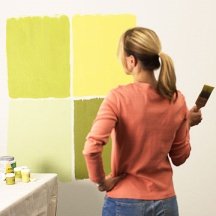
So if you mix clear and muted colors in your home decor without much thought, the clear colors will usually make the muted colors look... dirty.
For example, have you ever painted the walls and suddenly noticed that your sofa now looks dirty and old?
It can even happen with brand new carpet and furnishings, if the wall color you chose is too clean in comparison.
The clean/dirty combination is a very common color mistake, and can cause a lot of disharmony in a space.
Unless it's intentional and executed right, it mostly doesn't work.
Is Your Wall Color
Clean or Muddy?
"Clean or muddy" is one of the ways to classify color. Let's see what it means in practical terms:
Clean Wall Colors

When a color is called clean, pure, bright or clear, it means that it contains no gray or black in it, or very little.
The clarity of a color has nothing to do with its value (lightness or darkness). So both pale and deep colors can be clean.
Clean colors in the right context look vibrant and fresh, but in the company of dirtier colors, they look garish and harsh.
Muddy Wall Colors

Muddy colors can also be called muted, shaded, toned down or dirty.
The reason is because they have been "muddied" with gray or black. Just like clean colors, muddy colors can range in value - from light to very dark.
Muddy colors in the right context look complex and sophisticated, but in a room full of clean colors, they will seem just muddy and dull.
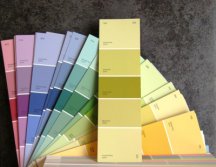
NOTE: The important point to understand here is that color is always relative - it changes with the context (depending on what is around it, and what you are comparing it to).
So a color that looks clean when viewed separately, can appear muddy when placed next to another (even cleaner) color.
Always keep this in mind when planning your room color schemes.
How to Coordinate
Clean and Muddy
Decor and Wall Colors
Clean colors like their own company best.
In other words, clean colors look best when paired with other similarly clean hues.
Muddy shades often end up looking dirty or too heavy, when you add them to an otherwise clean home color scheme.
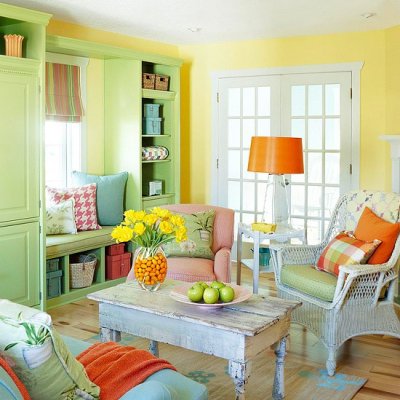
Muddy colors also prefer their own kind and beautifully coordinate with other muted shades.
Muted colors can tolerate only a tiny amount of clean colors next to them - anything more than just a touch of bright hue will stick out like a sore thumb on the shaded background of a muted color scheme.
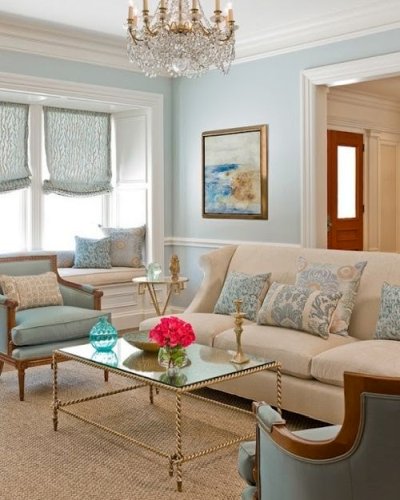
It takes a good eye for color or years of experience to be able to combine clean and muddy colors in the same space successfully.
So if you are a newbie, your safest bet is to stick to one side (clean or muddy), when creating a painting and decorating palette.
But here's an exception: green works everywhere.
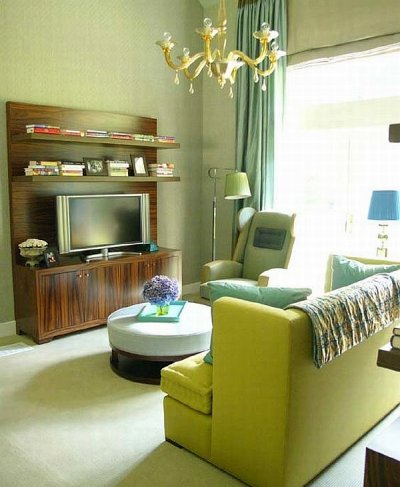
In Nature, you can see clean green next to muddy tones, or muddy green next to clean colors.
In your decor, you can mix and match green any way you want - it is pretty much guaranteed to look good!
Tips for Working With
Clean and Muddy Colors
What's clean and what's muddy can be hard to figure out when you are looking at the color in isolation, but you can get a good idea by comparing the color in the actual context.
Just plunk the paint chip you're considering for your walls on some of your fabrics and finishes:
- If it really jumps out at you, it's probably too saturated and clean.
- If it looks too heavy and drab next to the other colors, it's most likely too muddy for the palette.
- If it sits happily back with the other colors, it's worth the test.
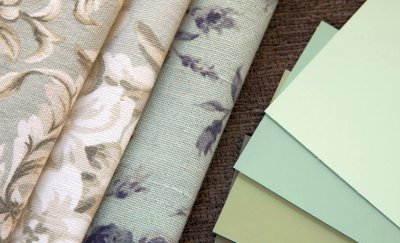
When choosing accent colors to decorate with, it's important that they are all similarly clean or dirty.
For example, earthier wall colors and finishes (think Tuscan trend) look better with
muted accent colors...
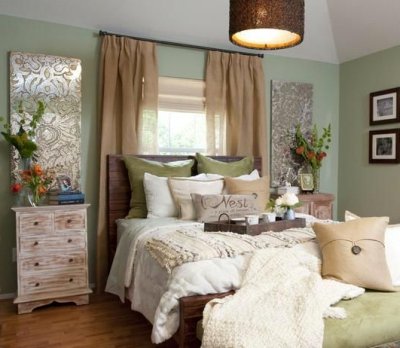
...whereas whites, grays and greiges can handle fully saturated, pure color accents:
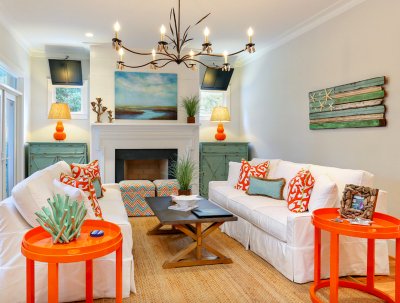
And finally, creating flow in your home is not about simply repeating the same colors from your living room over and over.
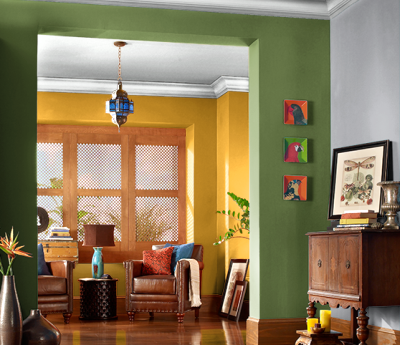
It's about making sure all your colors are either clean or dirty, and if you have a clean/dirty combination going on, you need to tweak that to create harmony and restore the flow.
See Also:
Light and Dark Home Paint Colors
Neutral Paint Colors: What You Need to Know









Leave a Comment: